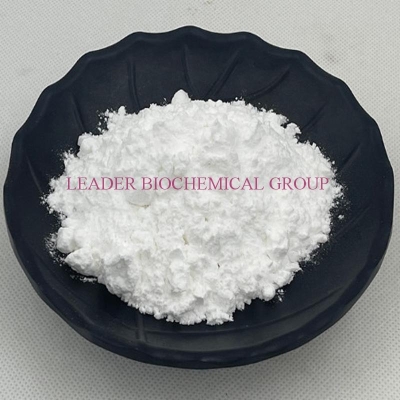-
Categories
-
Pharmaceutical Intermediates
-
Active Pharmaceutical Ingredients
-
Food Additives
- Industrial Coatings
- Agrochemicals
- Dyes and Pigments
- Surfactant
- Flavors and Fragrances
- Chemical Reagents
- Catalyst and Auxiliary
- Natural Products
- Inorganic Chemistry
-
Organic Chemistry
-
Biochemical Engineering
- Analytical Chemistry
-
Cosmetic Ingredient
- Water Treatment Chemical
-
Pharmaceutical Intermediates
Promotion
ECHEMI Mall
Wholesale
Weekly Price
Exhibition
News
-
Trade Service
Glycinamide hydrochloride, also known as glycine betaine hydrochloride, is a crystalline solid that is used in a variety of applications in the chemical industry.
It is a derivative of glycine, an amino acid that is commonly used as a nutritional supplement, and betaine, a compound that is known for its properties as a surfactant and emulsifier.
Glycinamide hydrochloride is produced synthetically through a number of different routes, which can be broadly classified into two categories: chemical routes and biochemical routes.
Chemical routes to glycinamide hydrochloride involve the use of chemical reactions to convert starting materials into the final product.
These routes typically involve several steps, including the synthesis of the starting materials and the conversion of these materials into glycinamide hydrochloride.
One common chemical route to glycinamide hydrochloride involves the reaction of glycine with sodium chloride and sodium hydroxide to form glycinamide dihydrochloride, which is then hydrolyzed to form glycinamide hydrochloride.
Another chemical route to glycinamide hydrochloride involves the reaction of betaine with hydrogen chloride to form betaine hydrochloride, which is then reacted with glycine to form glycinamide hydrochloride.
This route is advantageous because it allows for the production of glycinamide hydrochloride using a single step, rather than the multiple steps required in the previous route.
Biochemical routes to glycinamide hydrochloride involve the use of microorganisms or enzymes to convert starting materials into the final product.
These routes typically involve several steps, including the cultivation of the microorganisms or the expression of the enzymes, and the conversion of the starting materials into glycinamide hydrochloride.
One common biochemical route to glycinamide hydrochloride involves the fermentation of glycine by bacteria, which is then converted into glycinamide hydrochloride through a series of chemical reactions.
Overall, both chemical and biochemical routes to glycinamide hydrochloride have their advantages and disadvantages.
Chemical routes are generally more cost-effective, as they do not require the use of living organisms or specialized equipment.
However, they are also more environmentally impactful, as they often involve the use of harsh chemicals and generated waste.
Biochemical routes, on the other hand, are generally more environmentally friendly, as they do not generate waste and often use renewable starting materials.
However, they are also more costly, as they require the use of specialized equipment and living organisms.
Ultimately, the choice of route will depend on the specific needs and constraints of the manufacturing process.







